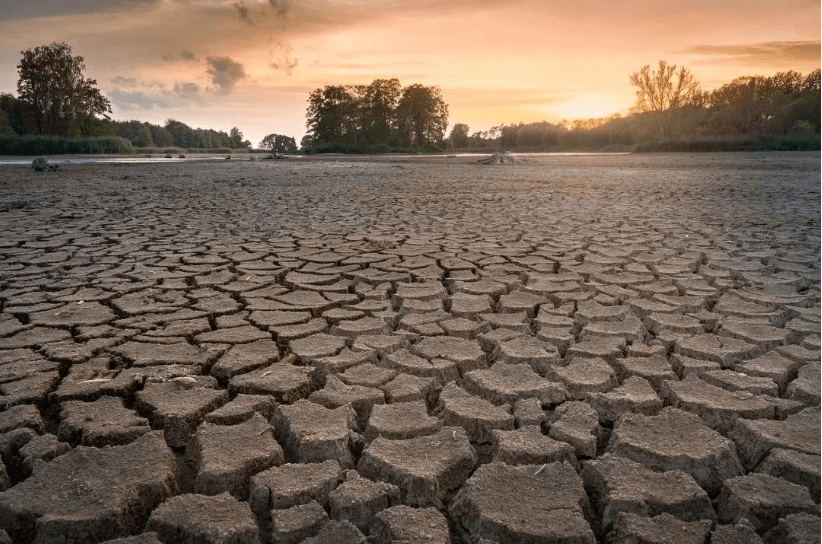Phone:
+216 93 230 130
+216 31 544 133
Physical address:
27 Rue Ibn El Haithem. Saint Gobain. , Mégrine, Tunisia
Charguia I, Tunis

Extreme temperatures are expected to increase the risk of power outages this summer.
Two-thirds of North America could face power shortages this summer. The US Energy Information Administration (EIA) issued the warning on 28 June, citing an analysis by the North American Electric Reliability Corporation, a non-profit organisation.
According to the analysis, much of the Midwest, New England and Ontario, Canada, are at high risk of power shortages. When temperatures rise abnormally in the summer, a surge in electricity demand can lead to energy shortage problems. People will use air conditioners heavily, putting more pressure on the grid.
At the same time, extreme heat can cause power plants and solar and wind farms to become less efficient at generating electricity. The mismatch between supply and demand can lead to power outages when people need air conditioning the most to cope with the heat.
Texas grid operator ERCOT extended its “weather watch” until June 30 after urging residents to voluntarily conserve energy last week, and ERCOT said in a press release Friday that the state could break all-time records for peak electricity demand this week. Texas is more vulnerable to power outages than other states because it doesn’t have a grid connection to other areas.
For example, other states can share power in a pinch, sending hydroelectric power from a state with more rainfall to another drought-stricken state. But this summer, with a more widespread heatwave hitting the region, even a grid with cross-state links could reach its limits.
The Western grid, which spans 14 states and parts of Canada and Mexico, tends to share a lot of power. This is particularly helpful in states with an increasing proportion of solar power, such as California. Until enough batteries are added to the grid, these states will need alternative energy sources at night. (So far this summer, energy storage in Texas has played a major role in helping the state avoid blackouts, according to the Washington Post.)
But when many places are in trouble at the same time, it becomes harder for them to help each other in an emergency. Today, more than 46 million people across the US are on extreme heat alert, compared to about 29 million late last week. Scorching heat is expected across much of the southern half of the US over the next few days, with parts of Texas and the Southwest experiencing the worst of it. Parts of the Southeast have been hit by storms over the past week and are still recovering in some places.
The heat has already caused more deaths in the US than any other weather-related disaster and the threat is expected to get worse with climate change.
It is not just the US that is in trouble. Mexico’s National Energy Control Centre declared a state of emergency last week, when temperatures soared above 113 degrees Fahrenheit (45 degrees Celsius) and triggered record demand for electricity. In India and China, home to more than a third of the world’s population, the heatwave has put huge strains on the grid since April.
ERCOT says switching off lights and appliances can help reduce the strain on the grid. So can turning up the air conditioning in your home and closing the blinds to block out the sun. Fans can help cool air flow, but they may no longer be useful if indoor temperatures are higher than your body temperature. Many cities have set up cooling centres where people can find air conditioning to stay safe and healthy.